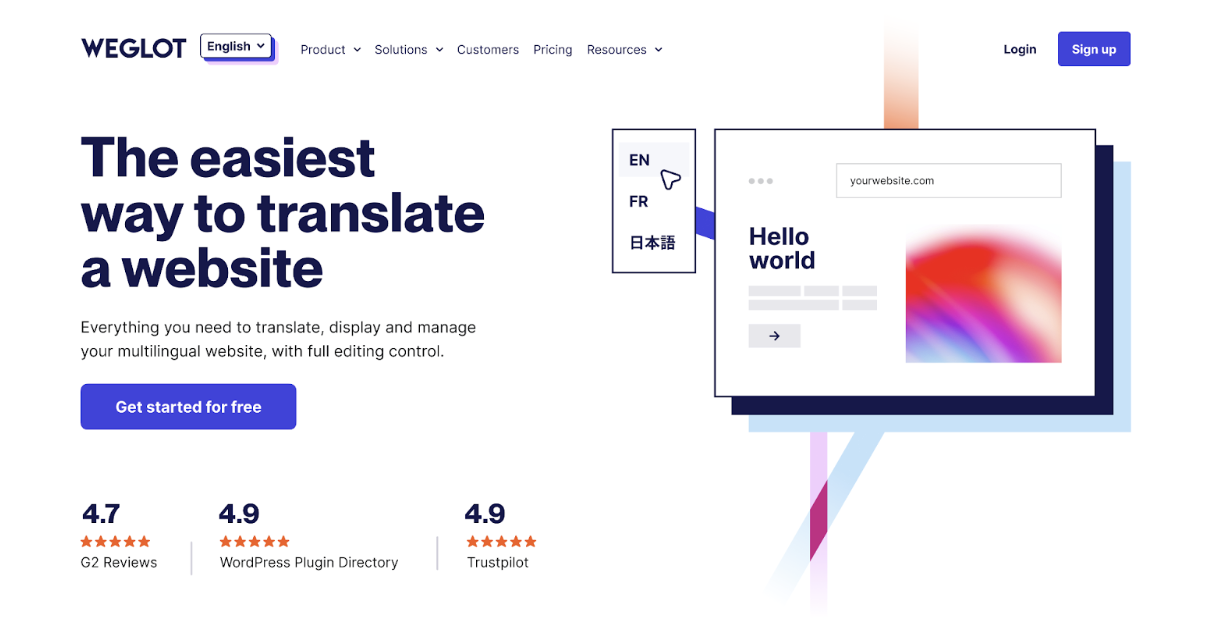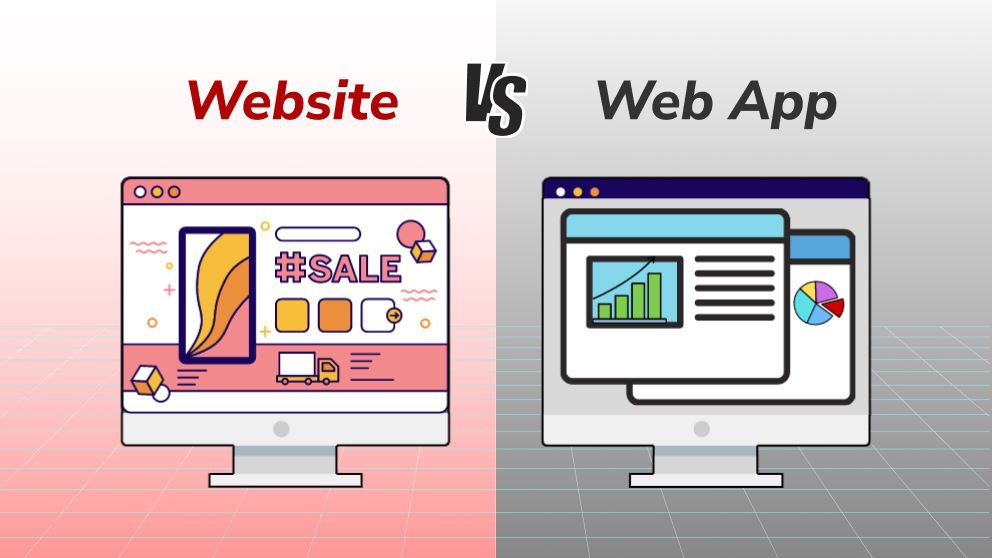In today’s interconnected world, having a strong online presence is crucial for businesses looking to reach a global audience. However, simply translating your website into different languages is not enough to truly connect with customers in diverse markets. This is where multilingual website localization comes into play.
What is Multilingual Website Localization?
Multilingual website localization is the process of adapting your website to suit the linguistic, cultural, and technical requirements of a specific target market. This goes beyond mere translation and involves tweaking elements such as text, images, colors, and even design layouts to resonate with the local audience.
The Importance of Multilingual Website Localization
Localization is key to establishing credibility and trust with international customers. By speaking their language and understanding their cultural nuances, you demonstrate a commitment to serving their needs. This not only improves user experience but also boosts your brand’s reputation in the global market.
Benefits of Multilingual Website Localization
Expanded Reach
By offering your website in multiple languages, you open up your business to a vast and diverse audience. This not only increases traffic but also enhances the chances of converting visitors into customers.
Improved User Experience
Localization ensures that your website is user-friendly and easy to navigate for speakers of different languages. This leads to higher engagement and lower bounce rates, ultimately improving the overall user experience.
Enhanced SEO Performance
Optimizing your website for different languages can significantly boost your search engine rankings in international markets. By targeting keywords in various languages, you increase your visibility to a wider audience and drive more organic traffic to your site.
Best Practices for Multilingual Website Localization
1. Cultural Sensitivity
Understand the cultural norms and preferences of your target market to avoid any potentially offensive content or imagery. Tailoring your website to align with local customs can help you build trust and foster stronger relationships with customers.
2. Quality Translation
Work with professional translators who are native speakers of the target language to ensure accurate and contextually relevant translations. Avoid using automated translation tools, as they may result in mistranslations and misinterpretations.
3. Consistent Branding
Maintain a consistent brand identity across all language versions of your website. This includes using the same logos, colors, and messaging to create a cohesive and recognizable brand image that resonates with customers worldwide.
Conclusion
In today’s competitive global market, multilingual website localization is no longer just an option but a necessity for businesses looking to expand their reach and connect with international audiences. By investing in localization, you demonstrate your commitment to serving customers in diverse markets and position your brand for success on a global scale.
Remember, each localized website should be treated as a unique entity with its own set of considerations, so take the time to understand the needs and preferences of each target market to ensure a seamless and engaging user experience.



